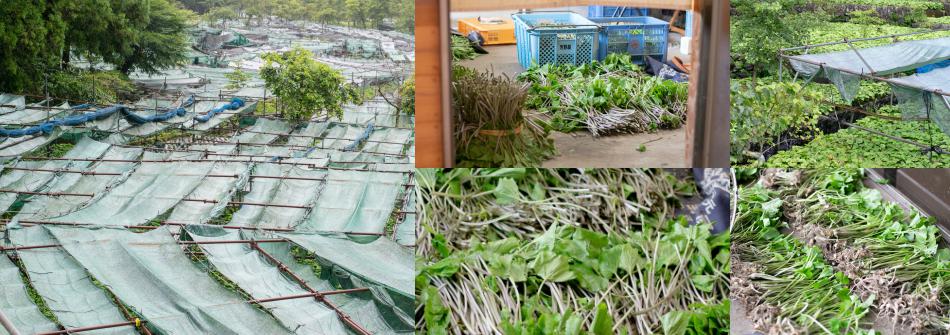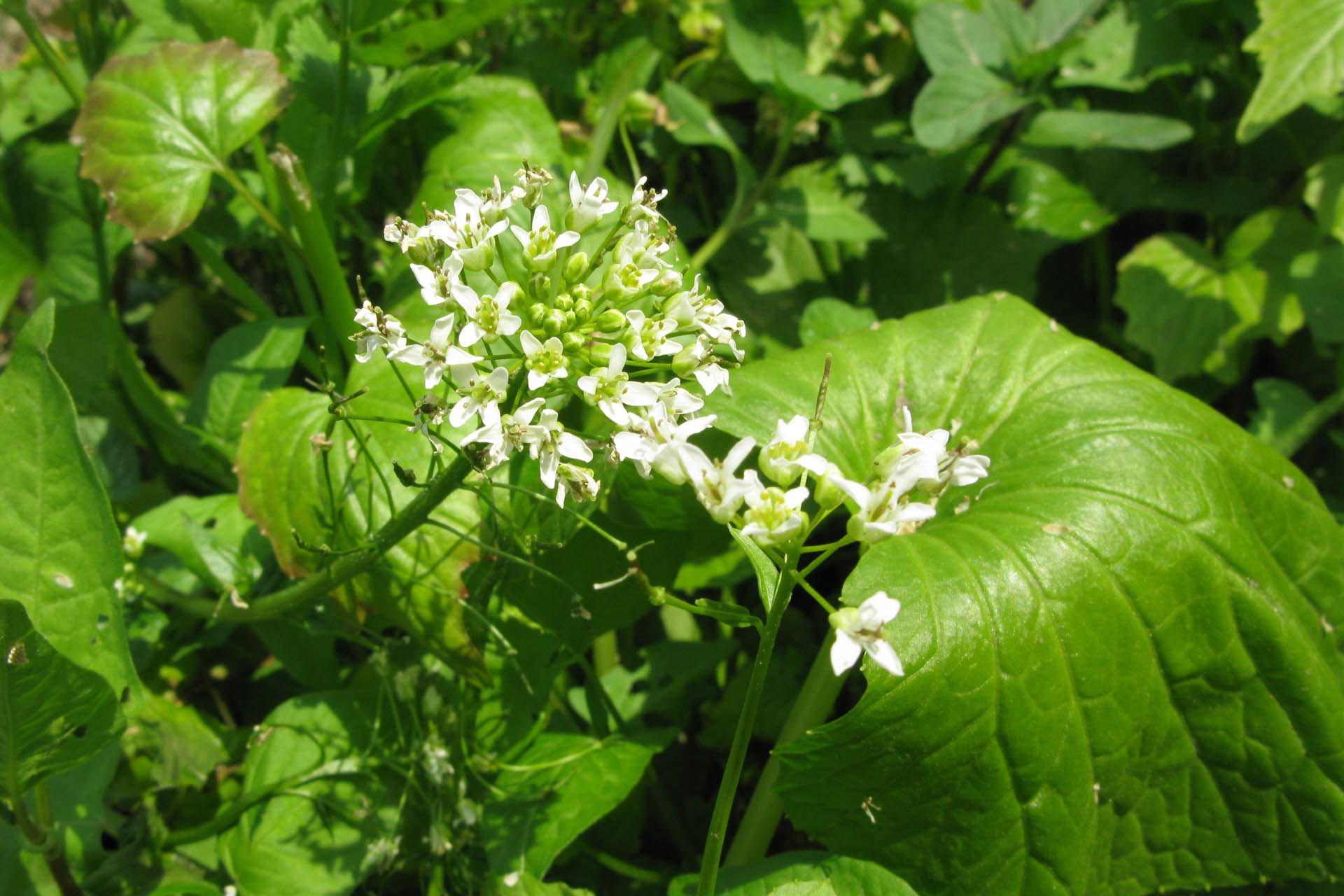Table of contents:

Wasabi is a Japanese root, sometimes referred to as "Japanese horseradish." The green, knobby root needs a lot of clean water to grow. The mustard oils contained in it are responsible for the typical spiciness of wasabi. They attack the nasal mucosa - which is why too much wasabi primarily hurts the nose. The spiciness of chilies, on the other hand, comes from the substance capsaicin. But wasabi is not only spicy, but also sweet and very aromatic. The fresher the wasabi, the more aroma it has.
If you order sashimi or soba (buckwheat noodles) in a restaurant in Japan, you will usually get a whole wasabi root with a grater at the table. This way you can convince yourself of the freshness of the root and also be sure that you are guaranteed to season your food with real wasabi.
Wasabi in Germany
Unfortunately, you rarely get fresh wasabi in Germany and generally in Europe, as there are no growing areas here. Wasabi is also very perishable and quickly loses its aroma. Therefore, it is not possible to transport it over long distances.
The wasabi that you can buy as a paste in a tube usually contains only two to five percent "real" wasabi - just enough to be able to use the designation "wasabi"! The rest of the paste consists of horseradish, mustard, colorings and flavorings. What we know here as "wasabi" therefore unfortunately has little in common with the Japanese original.
Looking for Wasabi in Düsseldorf
When I lived in Düsseldorf - which, due to its large Japanese population, has the nickname "Little Tokyo" - I went on a search for wasabi in various Japanese supermarkets for the blog. Of course, I didn't find the fresh root anywhere. But even the wasabi pastes on offer were at most 25% real wasabi! Also, the higher the wasabi content, the more expensive the paste usually is. Unfortunately, this is often similar in Japan: If wasabi is not grown nearby, there are no fresh wasabi roots and pure wasabi pastes to buy in supermarkets.
Wasabi fields in Japan
On one of my last trips to Japan, I was in an area where wasabi is grown, and of course I wanted to take a closer look at the fields! To get to the wasabi fields, we first had to drive for half an hour over winding mountain roads - because wasabi only grows in the mountains. It also needs a lot of clean, flowing spring water. The cultivation of wasabi is therefore very demanding and laborious. We talked to one of the farmers who manages the huge wasabi fields for a while, and of course bought fresh wasabi right away. In addition to the root, you can also eat the wasabi leaf, either pickled or dried. I was also allowed to try one of the prepared wasabi leaves! The downside to our wasabi purchases: As all the products sold were completely free of preservatives, we had to eat everything from the root to the paste within a week of opening!



Comments